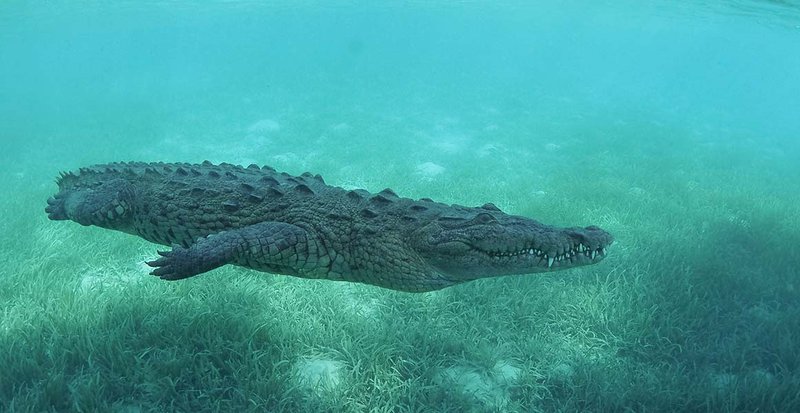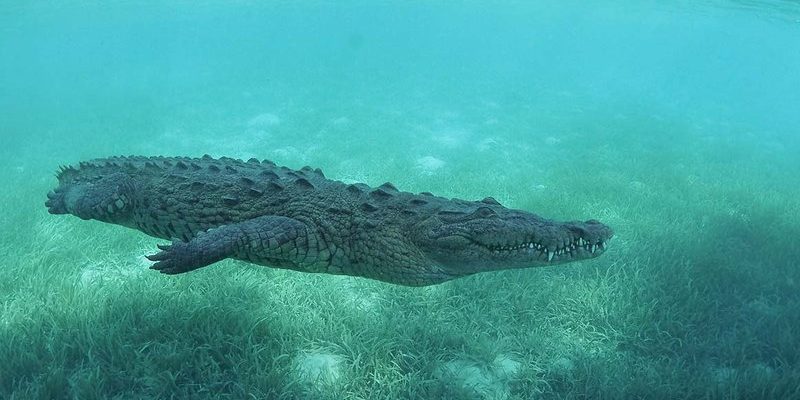
The saltwater crocodile is not just any crocodile; it’s the largest living reptile on Earth. With a history so rich, this creature offers us valuable insights into evolution itself. Let’s dive into the murky waters of its evolutionary past and discover how it came to be the powerful predator we see today.
Origins of Crocodilians
To understand the saltwater crocodile’s story, we have to go back about 250 million years, when crocodilians first appeared alongside the dinosaurs. Early ancestors, known as archosaurs, split into two major groups: the ancestors of modern birds and those that would lead to crocodiles. This family tree branches into the diverse species we see today, showcasing a long history of adaptation.
Crocodilians lived through various geological periods, including the Triassic, Jurassic, and Cretaceous eras. During these times, they thrived in various environments, from freshwater rivers to coastal seas. Imagine a world where these creatures dodged giant dinosaurs, contributing to their resilient nature. Over millions of years, they adapted to changing climates and environments, making them one of the most successful reptiles on the planet.
The Rise of the Saltwater Crocodile
You might be wondering how the saltwater crocodile specifically evolved from these ancient ancestors. It’s believed that the modern saltwater crocodile, or *Crocodylus porosus*, emerged about 30 million years ago. What sets this species apart isn’t just its size, but its ability to thrive in saltier waters than most of its relatives.
Think of it like this: while most crocodiles prefer freshwater, the saltwater crocodile has evolved specialized glands that help it excrete excess salt, making it possible for them to inhabit coastal areas and brackish waters. This adaptability has opened up a great deal of territory for hunting, allowing them to become the dominant predator in these regions.
Physical Adaptations and Characteristics
As the saltwater crocodile evolved, its physical traits became fine-tuned for survival. This massive reptile can grow up to 23 feet long and weigh over a ton! Its powerful jaws, lined with sharp teeth, can crush bones and take down prey with ease. It’s like holding a modern-day dinosaur in your imagination.
In addition to their formidable jaws, saltwater crocodiles boast incredibly tough skin. Covered in bumpy, scaly armor, it helps protect them from threats and the harsh environments they inhabit. And their eyes, perfectly positioned on top of their heads, allow them to see while remaining mostly submerged in water. This design is all about stealth, making them incredibly effective hunters.
Their Role in Ecosystems
Saltwater crocodiles aren’t just fierce predators; they play a crucial role in their ecosystems. By regulating the populations of prey species, they help maintain the balance within their environments. This means fewer overgrazers, contributing to healthy vegetation in coastal and freshwater habitats.
Moreover, their nesting behavior offers another ecological benefit. When they dig pits for nesting, they inadvertently create habitats for various other species. It’s a symbiotic relationship, showing just how interconnected nature can be. If there were no saltwater crocodiles, the ripple effects would be felt throughout the ecosystem.
Human Interaction and Conservation
Unfortunately, the relationship between humans and saltwater crocodiles hasn’t always been smooth. As humans have encroached on their habitats, conflicts have arisen. These magnificent reptiles often find themselves in dangerous situations, leading to hunting and habitat destruction.
In recent years, conservation efforts have gained momentum. Understanding the ecological importance of saltwater crocodiles has led to initiatives aimed at protecting their habitats and promoting coexistence. Some regions have even begun ecotourism programs that allow people to safely observe these incredible creatures in their natural environment, highlighting their beauty rather than viewing them as threats.
Modern Day Saltwater Crocodiles
Today, saltwater crocodiles can be found in a wide range of locations, from Southeast Asia to northern Australia. They are highly adaptable, exploring coastal areas and even venturing inland. As apex predators, they continue to thrive in their habitats, reminding us of their ancient lineage.
Despite their fearsome reputation, it’s important to remember that saltwater crocodiles are just one part of a much larger ecological puzzle. By promoting awareness and understanding, we can appreciate these creatures’ evolutionary history and the lessons they offer about survival, resilience, and the delicate balance of nature.
The evolutionary history of the saltwater crocodile is a testament to the power of adaptation and survival. By tracing their journey from ancient archosaurs to modern apex predators, we can better understand not just their world but our own. As we learn about these incredible reptiles, we gain insights not only into their lives but into the ecosystems they inhabit and how our actions impact them.
So next time you think of the saltwater crocodile, remember: they’re much more than just fierce animals lurking in the water. They’re a living connection to the past, reminding us of the beauty and complexity of life on Earth.

